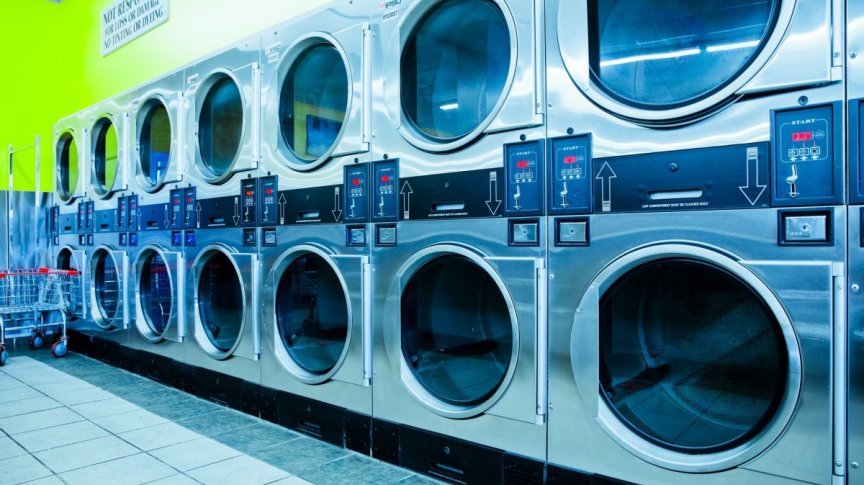Laundromats, also known as coin laundries or launderettes, are public facilities designed for individuals to wash and dry their clothes using self-service machines. These establishments cater primarily to people who do not have access to private laundry facilities, such as apartment dwellers or travelers. Laundromats play a crucial role in urban settings where space constraints or lack of personal washers and dryers make them a convenient option.
History of Laundromats
The concept of laundromats originated in the early 20th century in the United States, driven by the need for a convenient laundry solution outside of the home. The first laundromats were simple, offering basic washing machines operated by coins. Over time, as urbanization increased and lifestyles became busier, laundromats evolved to include a range of services beyond basic washing, such as drying, folding, and even dry cleaning in some facilities.
Benefits of Using a Laundromat
Using a laundromat offers several advantages, particularly for individuals without access to personal laundry facilities. It provides a convenient solution for washing and drying clothes without the need for owning and maintaining expensive appliances. For busy individuals or families, laundromats save time by allowing multiple loads to be processed simultaneously, reducing the overall time spent on laundry chores.
Features and Amenities of Modern Laundromats
Modern Laundromats are equipped with a variety of features and amenities to enhance the user experience. They typically offer a range of washing machines and dryers in different capacities to accommodate various load sizes. Some laundromats also provide additional services such as detergent dispensing, folding tables, and seating areas for customer comfort.
How to Choose the Right Laundromat
Choosing the right laundromat involves considering several factors to ensure a satisfactory experience. Location is key, as a nearby laundromat reduces travel time and convenience. Evaluating the quality and maintenance of equipment is crucial to avoid breakdowns and delays during use.
Cost Factors
The cost of using a laundromat varies depending on several factors, including location, machine type, and additional services offered. Most laundromats operate on a pay-per-load basis, where customers insert coins or use prepaid cards to activate machines. Comparing prices between different facilities can help customers find the most cost-effective option for their laundry needs.
Tips for Using a Laundromat
To make the most of a laundromat visit, consider visiting during off-peak hours to avoid crowds and ensure machines are available. Proper etiquette, such as cleaning lint traps after use and promptly removing finished loads, helps maintain a clean and efficient environment for all users.
Environmental Impact of Laundromats
Laundromats have made strides in reducing their environmental footprint through water and energy-efficient equipment and eco-friendly detergent options. Many facilities also encourage customers to use cold water settings and full loads to minimize resource consumption.
Future Trends in Laundromat Services
The future of laundromats is increasingly integrating technology to enhance convenience and sustainability. Mobile payment options and app-based scheduling systems are becoming common, allowing customers to monitor machine availability and manage laundry remotely. Sustainability practices, such as installing solar panels and using recycled water, are also on the rise to reduce environmental impact.
Conclusion
Laundromats continue to be a vital service in urban areas, providing a convenient and efficient way for people to manage their laundry needs. By understanding the benefits, features, and evolving trends in laundromat services, individuals can make informed choices that suit their lifestyle and environmental values.




